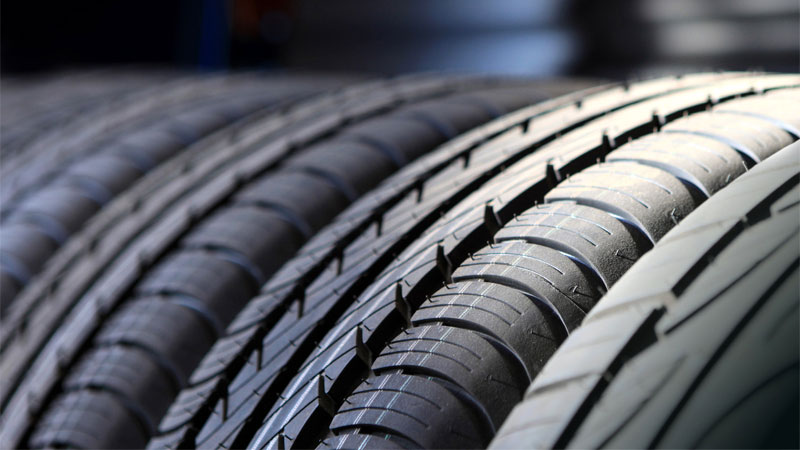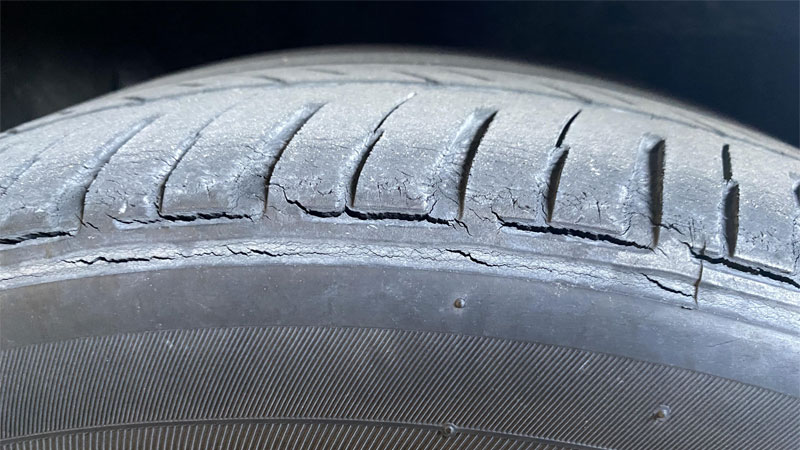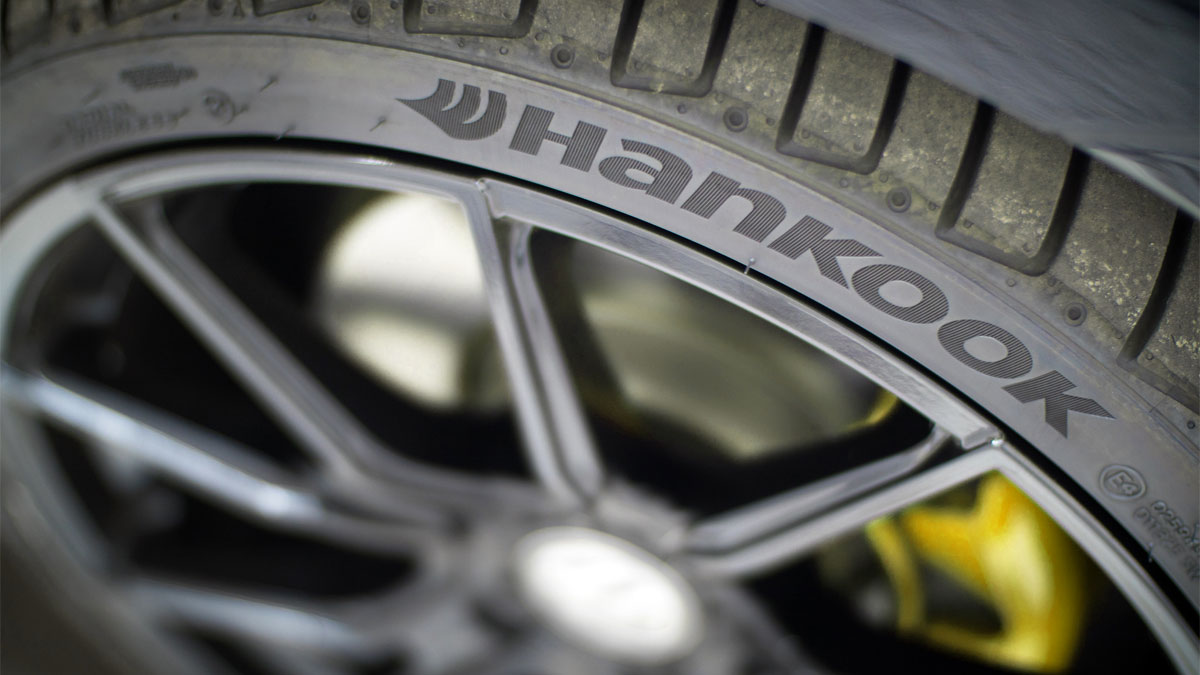What Are Radial Tires?
Radial tires are a Michelin invention. Tires are the most important component found on your car and are sometimes still overlooked. They are the only way the car touches the ground to create grip. Thus, tires were a significant concern for engineers, who managed to discover and revolutionize the tire … Read more



